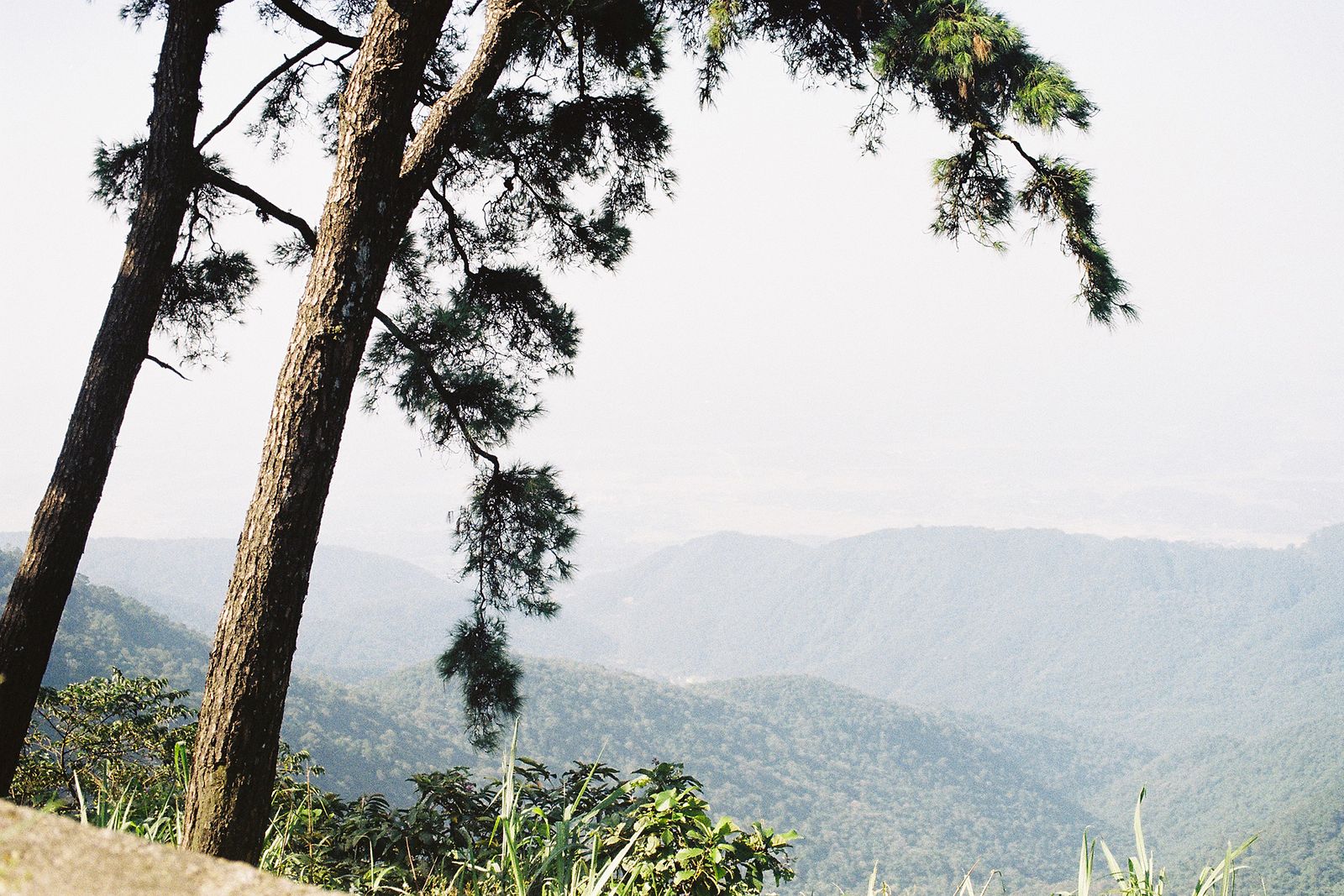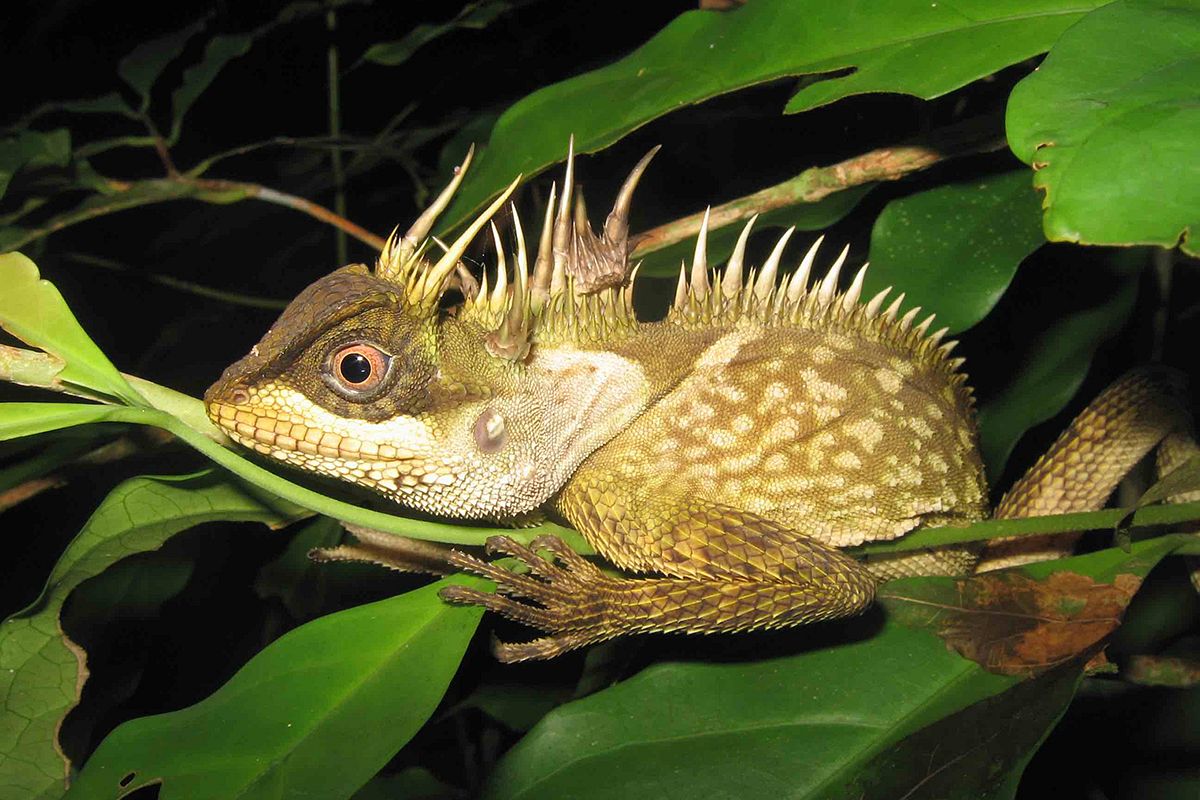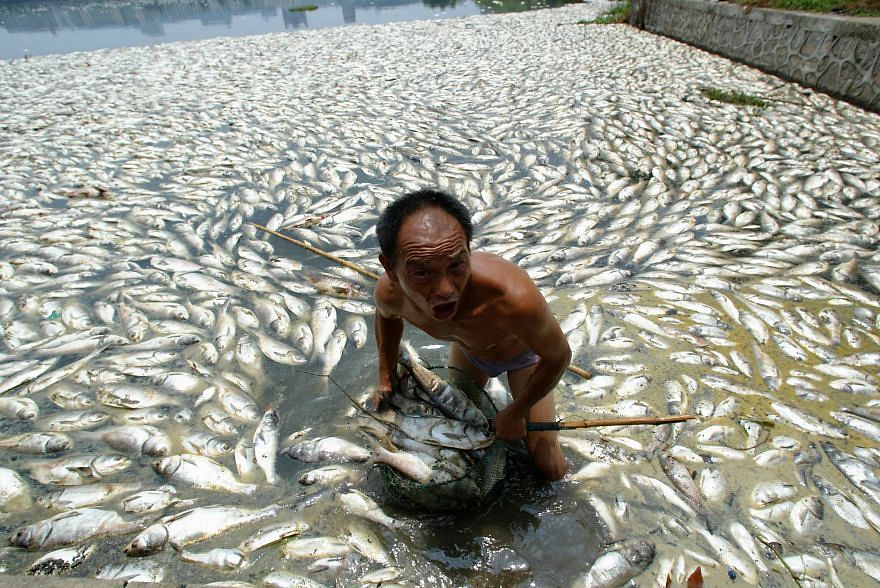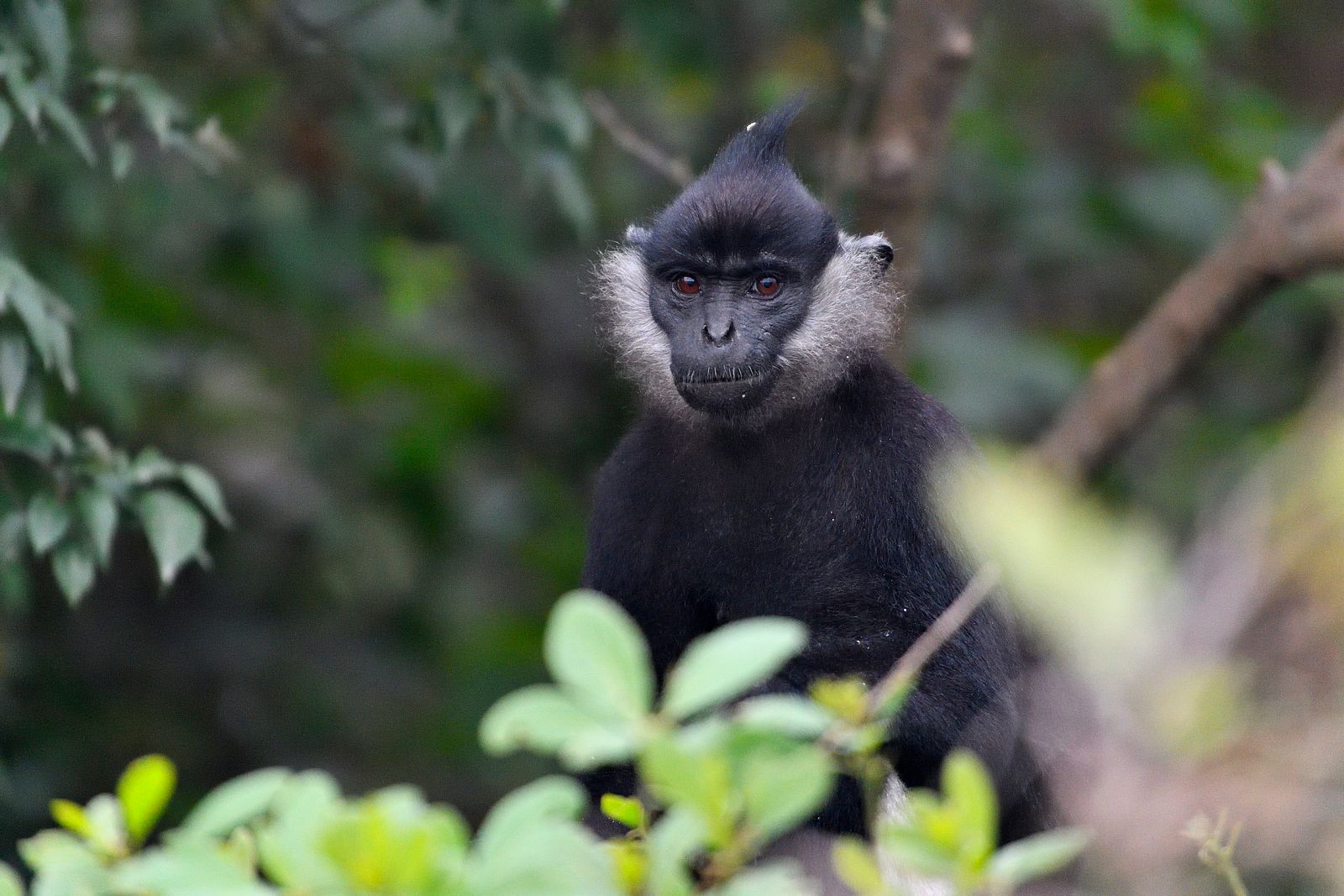Tram Chim National Park in Dong Thap Province is a wetland area reserved for a waterfowl habitat under the Ramsar Convention.
On October 11, Vietnam’s Environment Administration and the World Wide Fund for Nature (WWF) hosted a conference on wetland management and conservation in Vietnam. During the event, Trinh Thi Long, a representative from the WWF, said that in 2019, the park only welcomed 11 sarus cranes, the same number compared to 2018, Tuoi Tre reports. The sarus crane (Grus Antigone sharpii), or sếu đầu đỏ in Vietnamese, is classified as a vulnerable species in the International Union for Conservation of Nature's Red List.
She said that the number is a significant drop from 1998, when the national park saw 1,052 sarus cranes. In 2017, the population dropped to only nine, before rising to 11 in 2018 and 2019. However,, only four of these cranes are regular visitors, while the rest were just "passing by," according to Long.
The development of residential households in the area, climate change, agricultural activities and aquaculture farming are listed as the reasons contributing to the loss of habitat and food sources for the birds.
A better water management system is crucial to saving the cranes, Long said. Authorities have been allowing the national park to retain water in order to prevent forest fires; however, this practice changes the habitat and suppresses the growth of sarus cranes’ food sources.
One potential solution for this is controlled burns. In collaboration with Can Tho University, the WWF have organized controlled fires for five months, which yielded positive results: eleocharis, a grass-like plant whose tuber is the main food source for sarus cranes, has started to grow again.
The loss of wetlands isn’t exclusive to Tram Chim National Park. According to Tran Ngoc Cuong from the Nature and Biodiversity Conservation Agency, due to urbanization, aquaculture and climate change, the total area of wetlands in Dong Thap Muoi (Plain of Reeds) has decreased from 700,000 hectares to only 70,000 hectares.
[Photo via Flickr user Santanu Sen]














